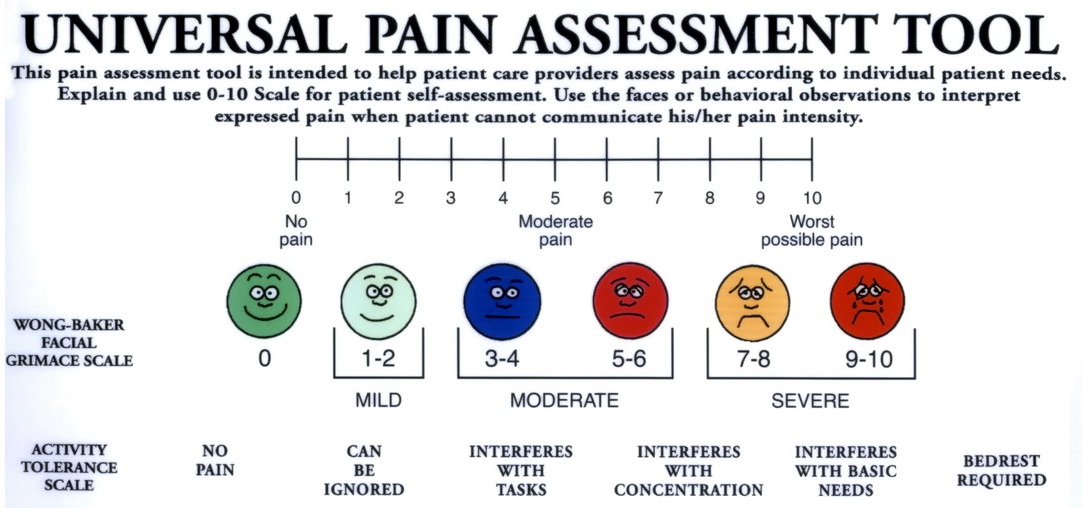In one of the darker corners of my mind I imagine a future where there are a set of laws and industry standards that dictate the acceptable usability of digital products and services, much like medical or engineering standards. I have to think that as we grow increasingly reliant on computer technology for our safety and well-being, minimum usability standards must follow. This kind of regulation has already happened for the food we eat, any electrical appliance, and our cars. It’s hard to imagine it won’t happen for software, hardware, and digital services. But it will need to be a different kind of regulation.
Here’s how it might happen: we first create this standard and find ways for people to voluntarily start using it. Perhaps a pro-consumer organization takes on the role of applying it, and consultancies provide testing services. Maybe that’s enough, or maybe industry organizations formally adopt it, and legislators make it mandatory in certain cases.
What does a universal usability test look like? Here’s a sketch:
- The basics of the process and the results are simple enough for the average consumer to understand, in the same way as the UL mark or the Consumer Reports harvey balls. As a standard, the results should simply indicate the product has met the standard or not.
- The standard is described in terms of the user’s experience:
- Time: there’s a maximum amount of time* designated to a task. Seven random people from the product’s user population are asked to complete the task and all must successfully do so in the time allotted.
- Emotion: each test participant rates their emotion using the product using a standard measure of feeling like the Wong-Baker Facial Grimace Scale. If the total score of the seven participants exceeds 25 the product fails the test.

* How do we determine the maximum allowable time? I haven’t figured that out yet.
